'Pi Silicon' Partners Reveal RP2040 Boards and Accessories
Take your Pico
SparkFun and Pimoroni, partners in the recent Raspberry Pi Pico project, have announced their own RP2040 'Pi Silicon' based boards with extra features and changes to the Pico form factor. Pimoroni is also the first partner to have add-on boards available for purchase for release day. This follows announcements from Adafruit and Arduino, who are also releasing boards based upon the new RP2040 SoC. All of these new RP2040 boards have the same Arm Cortex M0+ CPU and 264KB of SRAM, but they each bring something unique to the table.
SparkFun Thing Plus
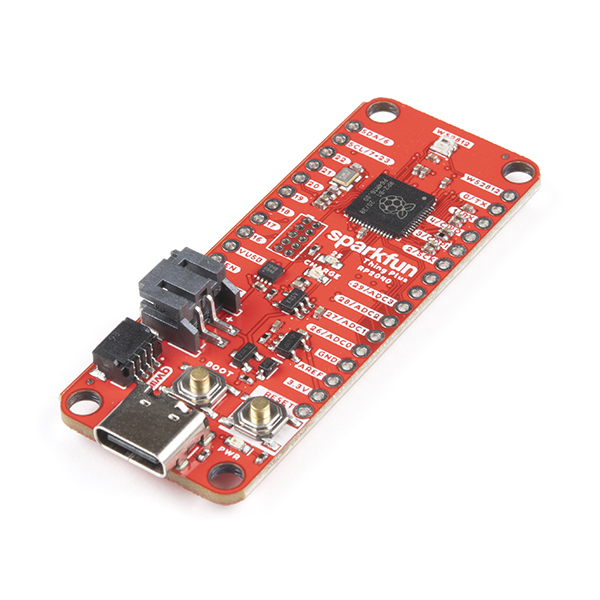


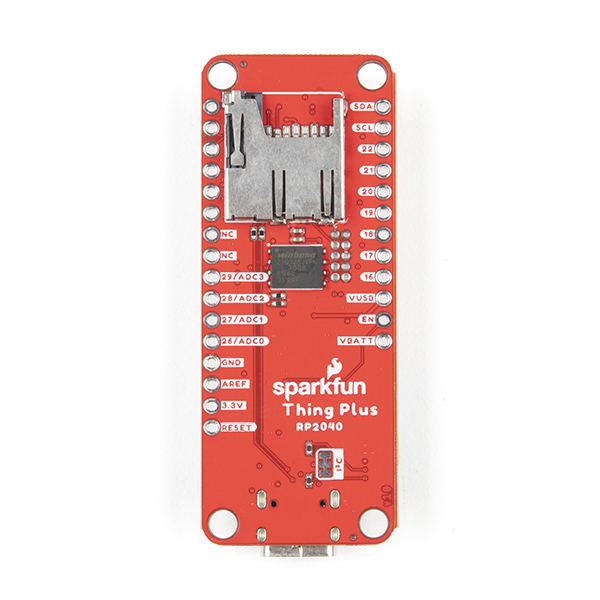
SparkFun's Thing Plus shares the same form factor and basic pinout as Adafruit's Feather RP2040, but hidden on the underside of the board is a micro SD card slot useful for larger project files or data logging projects, with 16MB of flash storage granting the SparkFun Thing Plus a large storage capacity. Thing Plus also has a JST battery charging port, 30 GPIO pins including four 12-bit ADC channels, SparkFun's Qwiic Connect I2C sensor connection, and a WS2812 RGB LED. Thing Plus can be used with C/C++ and MicroPython.
Priced at $16 and available in mid-February, SparkFun's Thing Plus is an interesting board for data logging and science experiments.
Pimoroni Tiny 2040
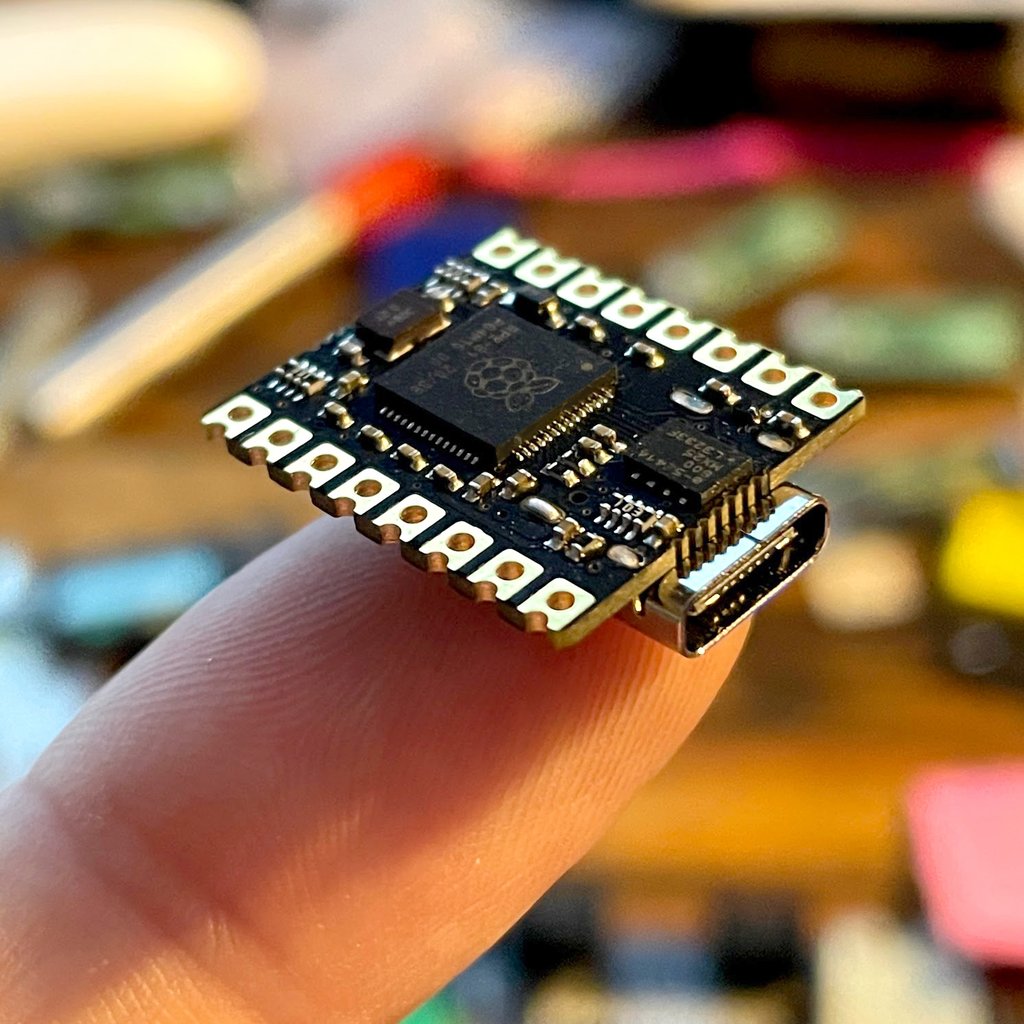
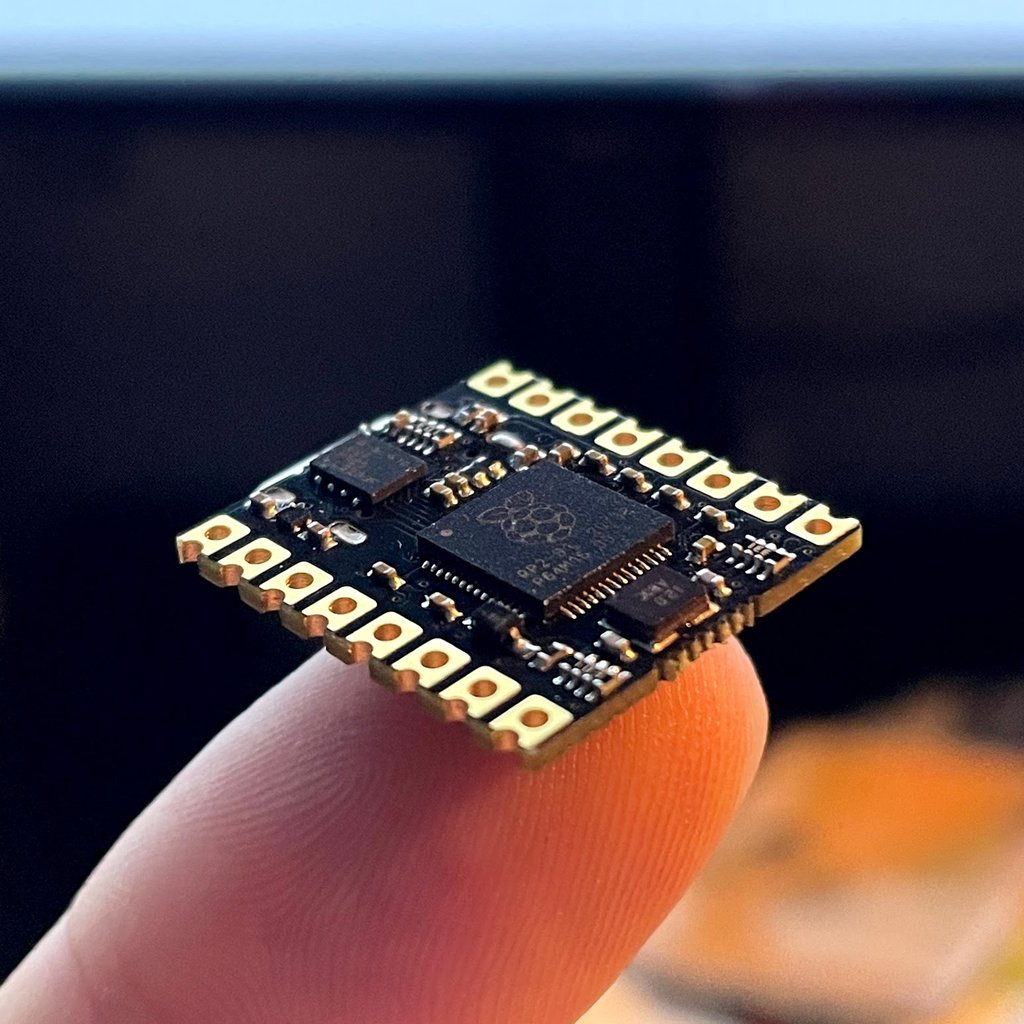
Pimoroni's Tiny 2040 is an RP2040 based board that can fit on the end of your finger.
Given the name "Tiny," we see that a few sacrifices were made to reduce the board's size. There are now only 12 GPIO pins, four ADC channels and a button for basic input and selecting the boot option. The Tiny 2040 also shares the top spot for storage capacity with SparkFun's Thing Plus; both have 16MB of flash storage available.
Currently priced at £8.40, around $12, Tiny 2040 is coming soon on Pimoroni's website, and we can't wait to take a look.
Raspberry Pi Pico Accessories
Pimoroni was the first Pico partner to have its own range of accessories available for purchase on release day.


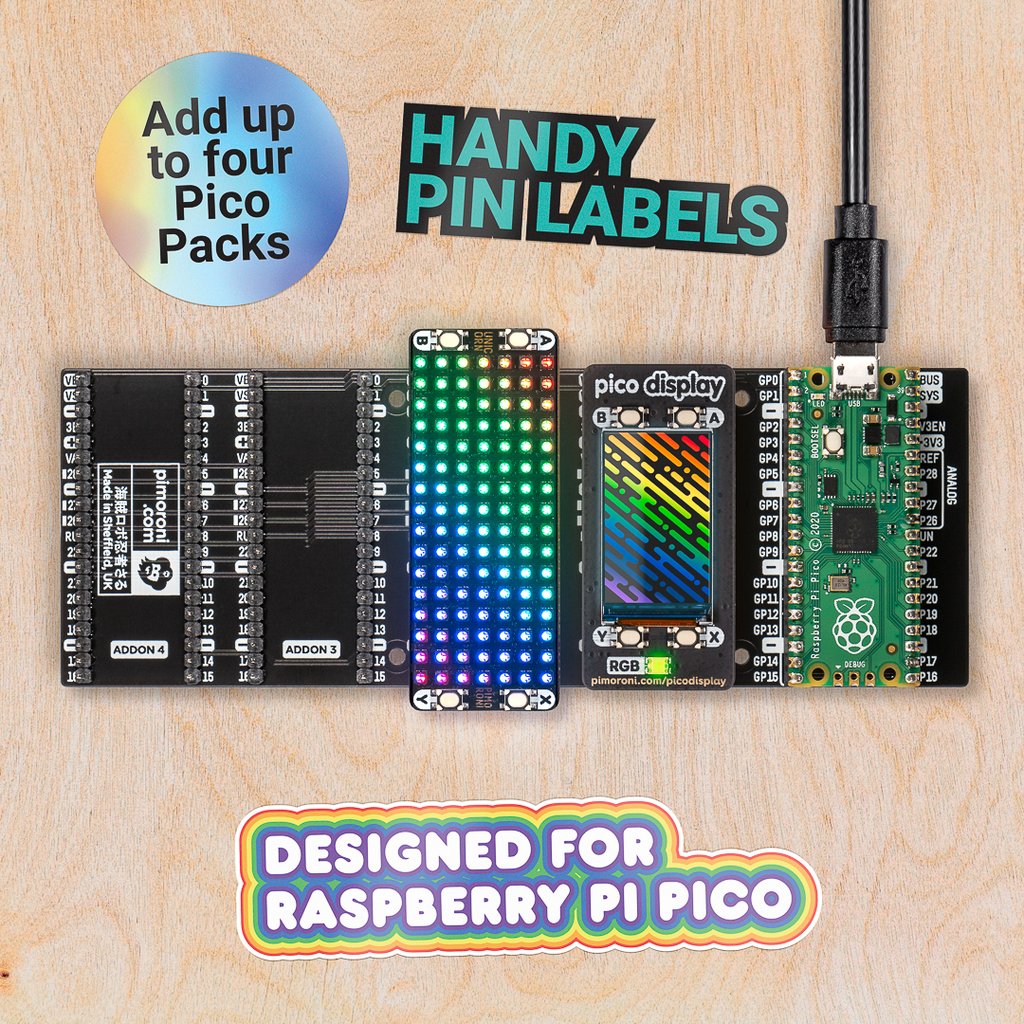
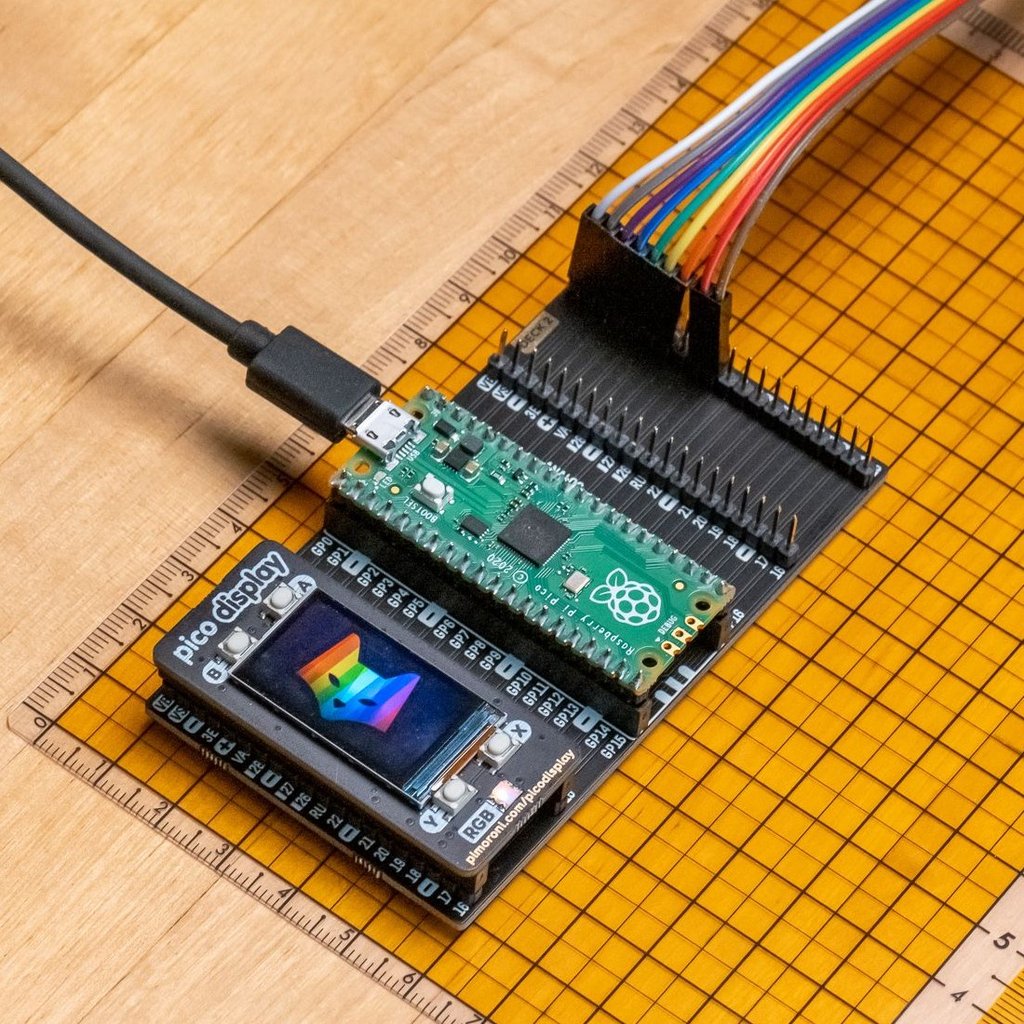



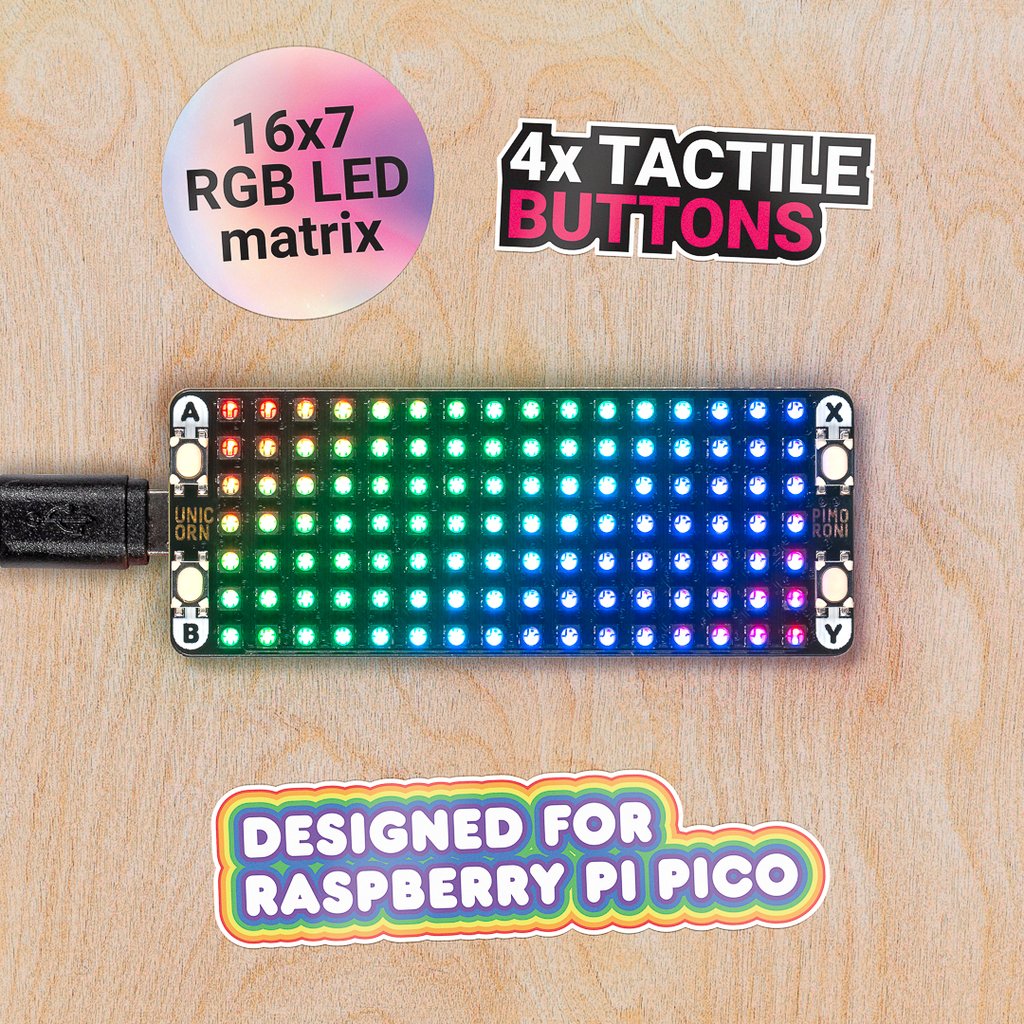

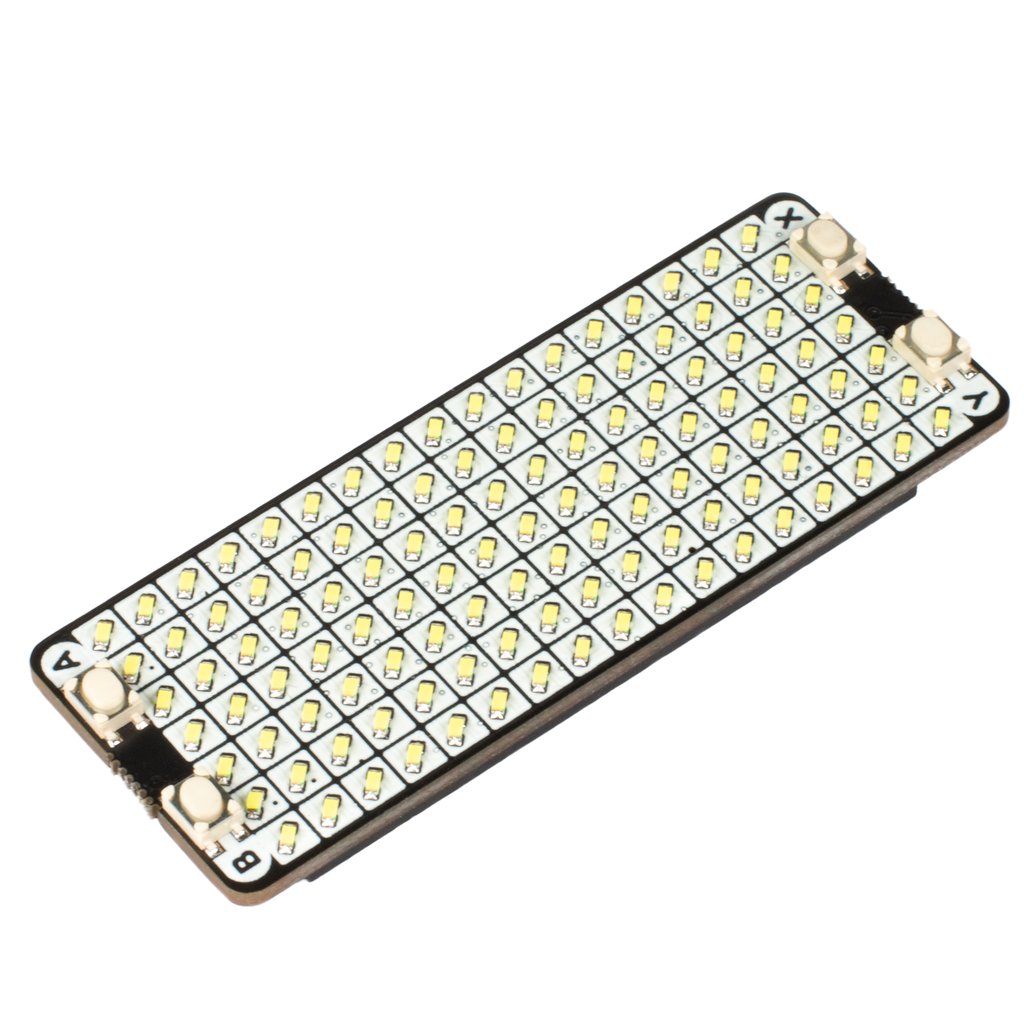

- Pico Breakout Garden Base for use with Pimroni's range of Breakout Garden boards.
- Pimoroni Pico VGA Demo Base, used with Programmable IO to emulate a VGA output.
- Pico Omnibus / Decker Expanders, providing 2/4 times the number of GPIO pins for addons.
- Pico Proto, quickly prototype permanent Pico based projects,
- Pico RGB Keypad to create your own USB keyboard with 16 RGB keys.
- Pico Explorer Base, an electronics playground with speakers, 1.54" IPS screen, motor drivers and Breakout Garden connectors.
- Pico Unicorn Pack, 112 RGB LEDs and four buttons for light based animations.
- Pico Audio Pack, to create a 32-bit 384KHz stereo audio synth or it can be used as a custom USB soundcard.
- Pico Scroll Pack, a 7 x 17 grid of single color LEDs which can be used to scroll messages.
- Pico Display Pack, a 1.14" IPS LCD and four buttons that can be used to display images, text and basic user interfaces.
The Raspberry Pi Pico and the RP2040 SoC seem to have come from nowhere, but it looks like in just a few hours, they have already made their mark on the Raspberry Pi and greater Maker community.
Get Tom's Hardware's best news and in-depth reviews, straight to your inbox.

Les Pounder is an associate editor at Tom's Hardware. He is a creative technologist and for seven years has created projects to educate and inspire minds both young and old. He has worked with the Raspberry Pi Foundation to write and deliver their teacher training program "Picademy".